10 Dog Breeds That Look Nothing Like They Did 100 Years Ago
The world of dog breeding is a fascinating tapestry woven with genetics, human intervention, and the passage of time. Over the past century, many dog breeds have undergone significant transformations, resulting in appearances and temperaments that are markedly different from those of their ancestors. This evolution is often driven by changing human needs, aesthetic preferences, and advancements in breeding techniques. As we embark on this exploration of astonishing dog breeds that have changed over time, we’ll uncover the stories behind these transformations, shedding light on how these beloved companions have adapted to the modern world. From shifts in physical attributes to alterations in behavior and health, each breed's journey is a testament to the dynamic relationship between humans and dogs.
1. The Bulldog: From Athletic Fighter to Couch Companion
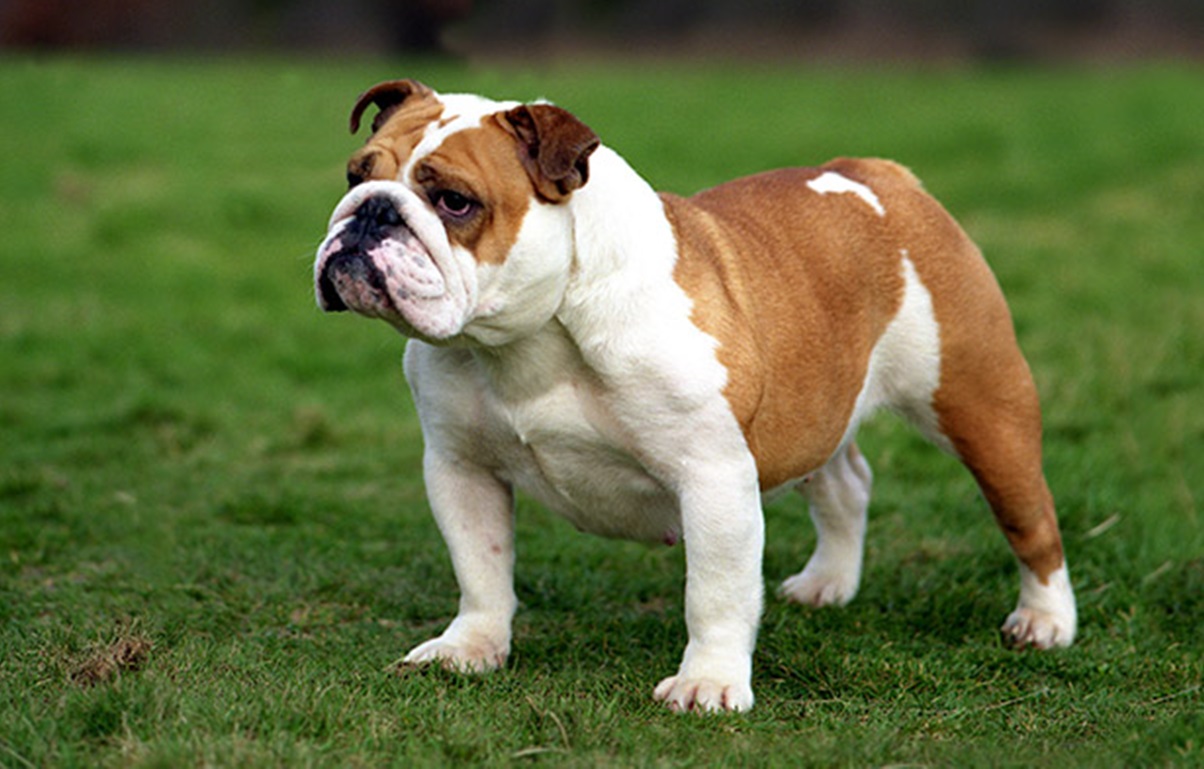
The Bulldog of the early 20th century was a robust, athletic animal bred for bull-baiting, a cruel sport that required strength, aggression, and tenacity. These dogs were muscular, with longer snouts and more athletic builds than today's Bulldogs. As bull-baiting became outlawed, breeders shifted their focus towards creating a dog suited to companionship rather than combat. This shift led to the development of the modern Bulldog, known for its stocky build, wrinkled face, and distinctive pushed-in nose. Today's Bulldogs are often characterized by their gentle and affectionate nature. However, this transformation has not come without consequences. The physical changes have led to health issues such as respiratory problems, hip dysplasia, and skin infections. Despite these challenges, Bulldogs remain popular due to their charming personalities and adaptability to apartment living. This breed’s transformation highlights the impact of human preferences on dogs' physical and health aspects, illustrating the balance between aesthetic appeal and the animal's well-being.
2. The German Shepherd: From Herding Dog to Global Protector
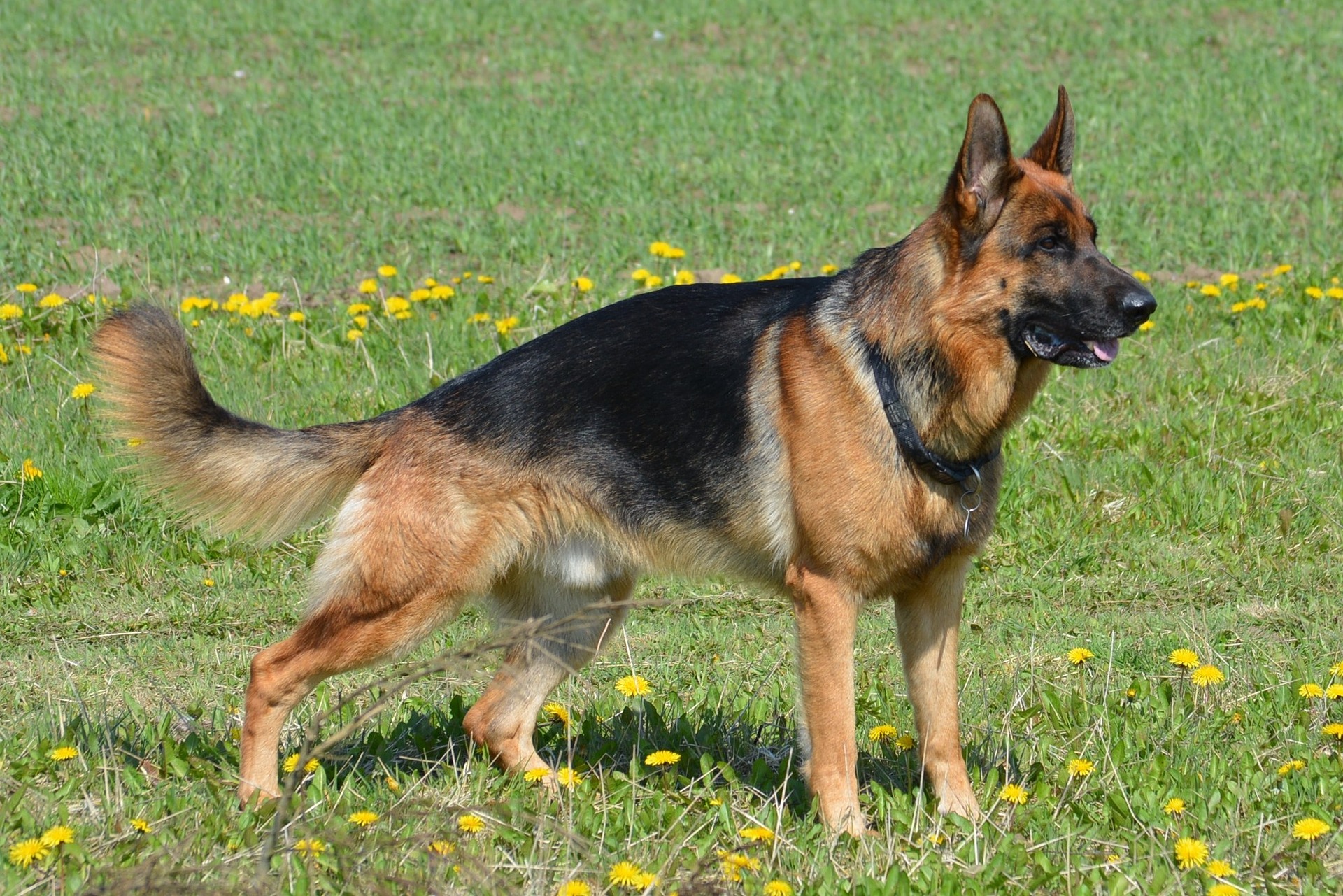
Originally bred in Germany for herding sheep, the German Shepherd was valued for its intelligence, agility, and work ethic. In the early 1900s, these dogs were smaller, lighter, and more agile, making them ideal for managing flocks in the countryside. As the need for herding dogs decreased, breeders began to focus on the German Shepherd's potential as a working dog in other fields, particularly in police and military roles. This shift in purpose led to changes in the breed's physical and behavioral traits. Modern German Shepherds are larger, with a more robust build, and are known for their loyalty, courage, and trainability. These attributes have made them invaluable in roles such as search and rescue, bomb detection, and as service animals. However, the emphasis on specific traits has also resulted in a predisposition to certain health issues, including hip and elbow dysplasia. The German Shepherd’s evolution underscores the adaptability of dog breeds to meet changing societal needs and the importance of responsible breeding practices.
3. The Pug: From Emperor’s Lapdog to Social Media Star
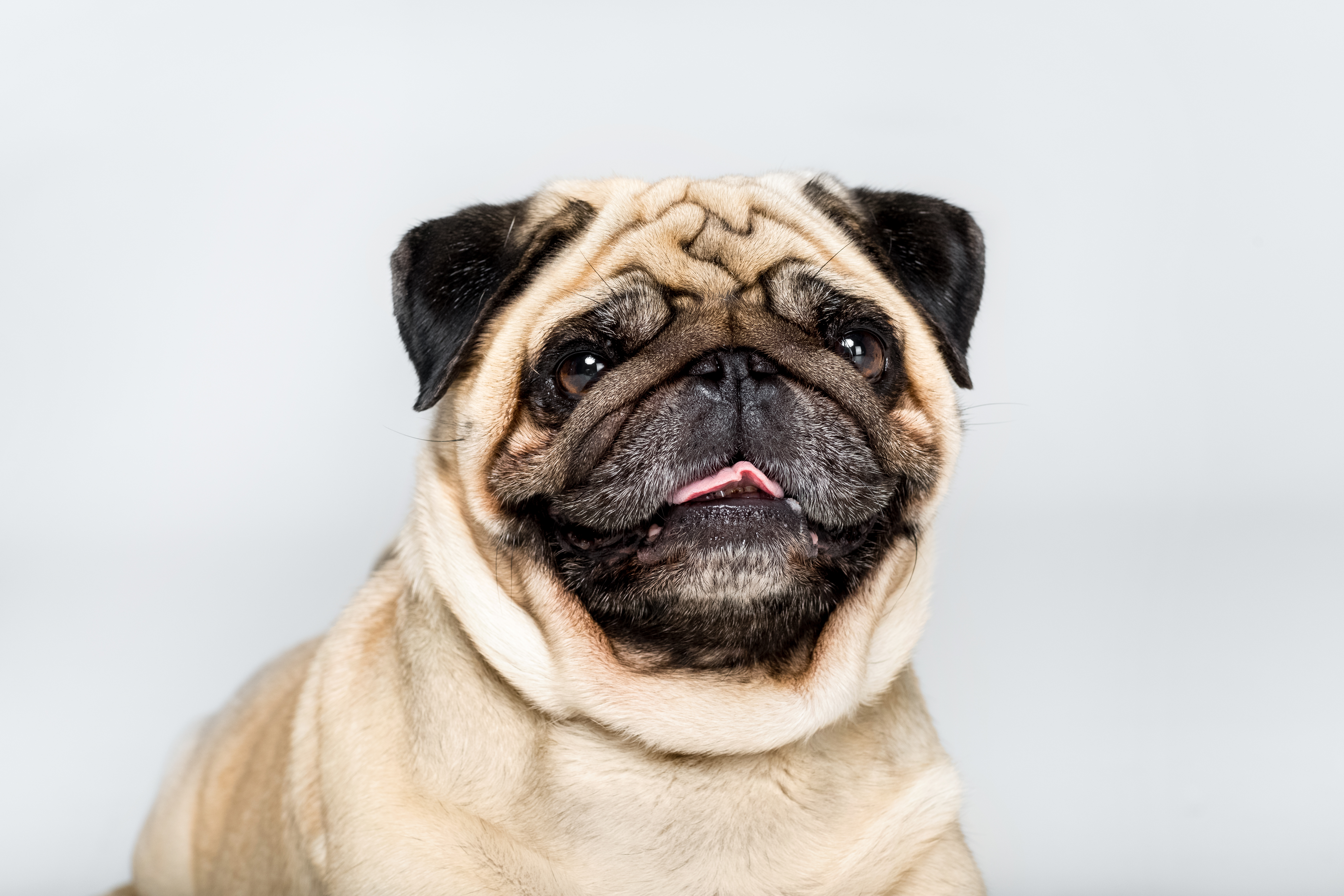
Pugs have a long history that dates back to ancient China, where they were prized by emperors and often depicted in art. These early Pugs had longer legs and snouts and were less exaggerated in their features compared to the Pugs we see today. As these dogs made their way to Europe, their popularity soared, leading to selective breeding emphasizing their distinctive flat faces, curled tails, and compact bodies. In the modern era, Pugs have become internet sensations, beloved for their expressive faces and playful personalities. However, the breed's popularity has also drawn attention to the health problems associated with their brachycephalic features, such as breathing difficulties and eye issues. Despite these challenges, Pugs continue to capture the hearts of dog lovers worldwide. Their transformation reflects the impact of cultural trends on dog breeding and the enduring appeal of certain physical traits, even when they come with health risks.
4. The Dachshund: From Badger Hunter to Family Friend
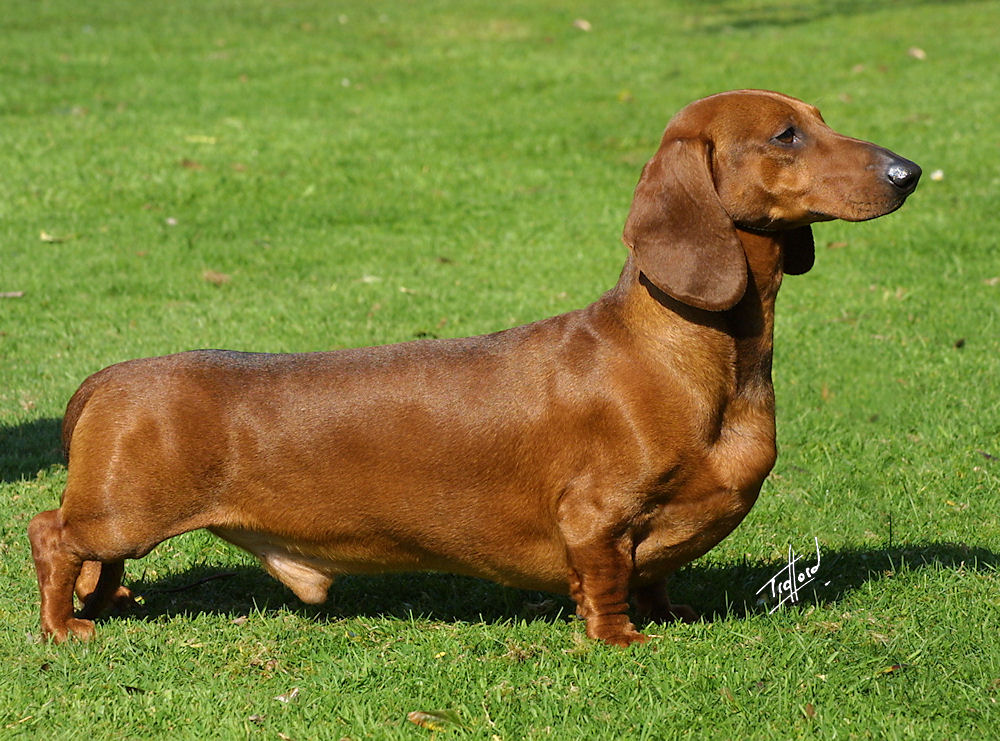
The Dachshund, with its distinctive long body and short legs, was originally bred in Germany for hunting badgers and other burrowing animals. Known for their tenacity and courage, these dogs were valued for their ability to pursue prey into underground dens. Early Dachshunds were slightly larger and more robust, reflecting their working dog origins. As hunting became less common, the Dachshund's role shifted towards companionship. Breeders began to emphasize traits that made them more suitable as family pets, such as a friendly disposition and a more manageable size. This shift has resulted in the modern Dachshund, which is available in standard and miniature sizes and a variety of coat types. Despite their transformation, Dachshunds retain their spirited nature and strong prey drive. Their evolution highlights the transition from working dog to household pet and the ongoing challenge of maintaining original traits while adapting to new roles.
5. The Bull Terrier: From Ferocious Fighter to Gentle Playmate
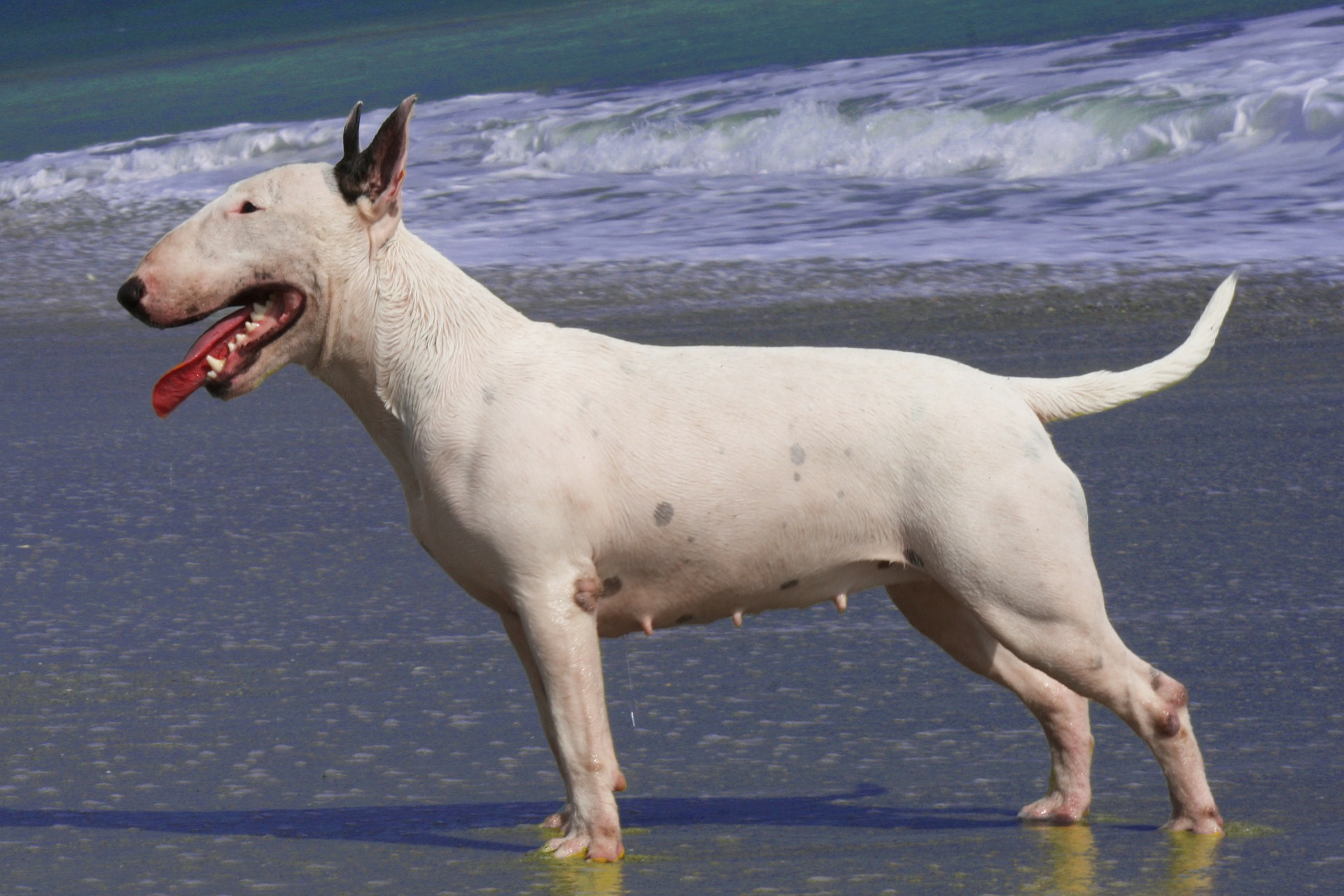
The Bull Terrier was originally developed in the 19th century as a fighting dog, combining the tenacity of Bulldogs with the agility of Terriers. Early Bull Terriers had a more rugged appearance, with longer snouts and less pronounced egg-shaped heads. As dog fighting declined, breeders focused on creating a more docile and companionable version of the breed. Today's Bull Terriers are known for their distinctive head shape, muscular build, and playful nature. They are often described as clowns due to their mischievous and entertaining behavior. However, the breed's transformation has also led to challenges, such as a predisposition to skin allergies and deafness. Despite these issues, Bull Terriers are cherished for their loyalty and affection towards their families. Their journey from fighter to friend illustrates the profound impact of changing societal values on dog breeds and the importance of balancing form and function in breeding practices.
6. The Boxer: From Hunting Companion to Family Guardian
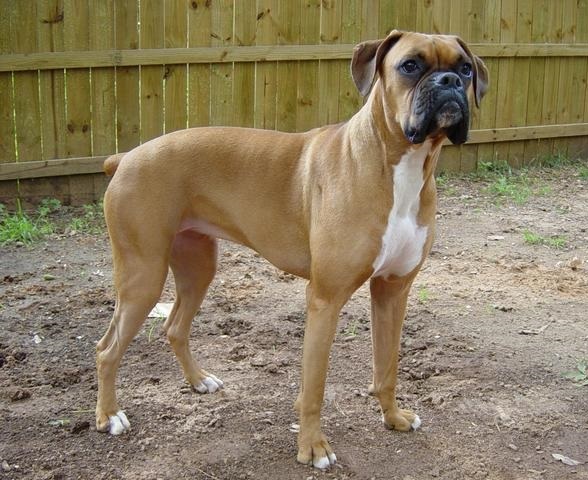
Boxers were initially bred in Germany as hunting dogs, used for tracking and holding down large game such as boar and deer. Early Boxers were more athletic and had longer muzzles, which were well-suited for their role as hunters. As hunting declined, the Boxer’s role evolved into that of a companion and protector, leading to changes in their physical and behavioral traits. Modern Boxers are known for their strong, muscular builds, and playful, energetic nature. They are often described as "eternal puppies" due to their exuberant personalities and love of play. However, the emphasis on certain physical traits has also resulted in health issues such as heart conditions and hip dysplasia. Despite these challenges, Boxers remain popular as family pets and are valued for their loyalty and protective instincts. Their transformation highlights the adaptability of dog breeds to changing human lifestyles and the ongoing effort to balance aesthetics with health and functionality.
7. The Basset Hound: From Trail Tracker to Couch Companion
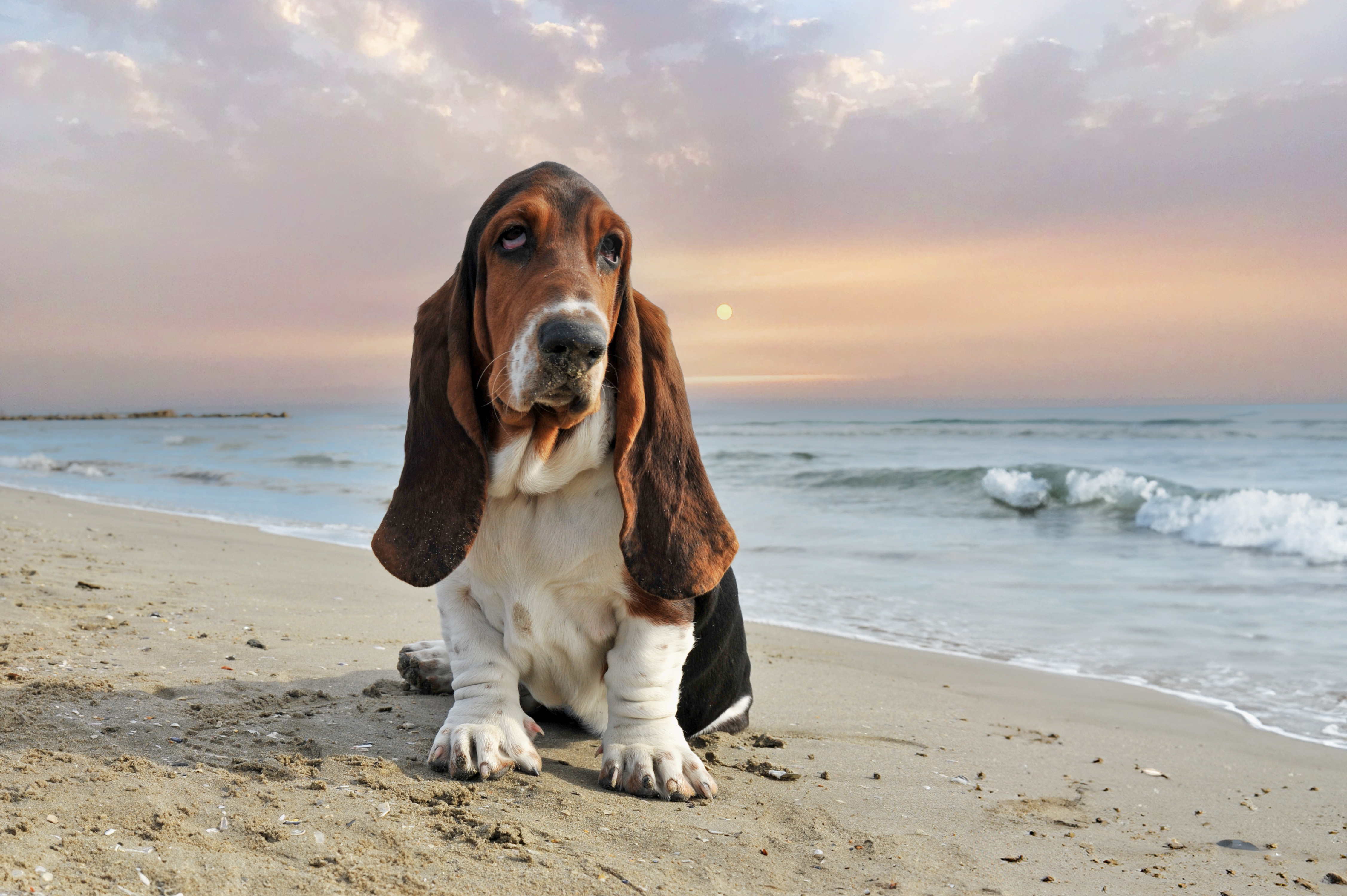
Basset Hounds were originally bred in France for hunting small game such as rabbits and hare. Their long ears and powerful noses made them excellent scent hounds, capable of tracking scents over long distances. Early Basset Hounds were more robust and had slightly longer legs, reflecting their working dog origins. As hunting became less common, the Basset Hound's role shifted towards companionship. Breeders began to emphasize traits that made them more suitable as family pets, such as a gentle disposition and a more manageable size. This shift has resulted in the modern Basset Hound, known for its droopy ears, soulful eyes, and laid-back personality. Despite their transformation, Basset Hounds retain their keen sense of smell and strong hunting instincts. Their evolution highlights the transition from working dog to household pet and the ongoing challenge of maintaining original traits while adapting to new roles.
8. The Great Dane: From Boar Hunter to Gentle Giant
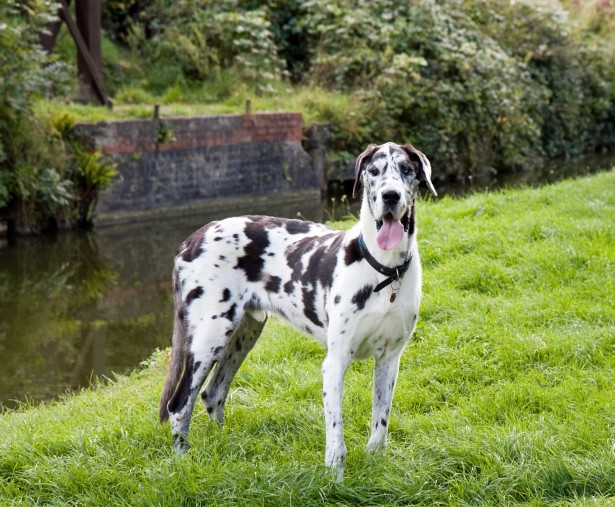
The Great Dane, known for its impressive size and regal appearance, was originally bred in Germany for hunting wild boar. Early Great Danes were more muscular and had a more aggressive temperament, reflecting their role as fierce hunters. As hunting declined, the Great Dane's role evolved into that of a companion and guardian, leading to changes in their physical and behavioral traits. Modern Great Danes are known for their gentle and affectionate nature, earning them the nickname "gentle giants." Despite their size, they are often described as gentle and easygoing, making them popular as family pets. However, the emphasis on certain physical traits has also resulted in health issues such as heart conditions and hip dysplasia. Despite these challenges, Great Danes remain popular for their striking appearance and gentle demeanor. Their transformation highlights the adaptability of dog breeds to changing human lifestyles and the ongoing effort to balance aesthetics with health and functionality.
9. The Cocker Spaniel: From Bird Dog to Show Ring Star
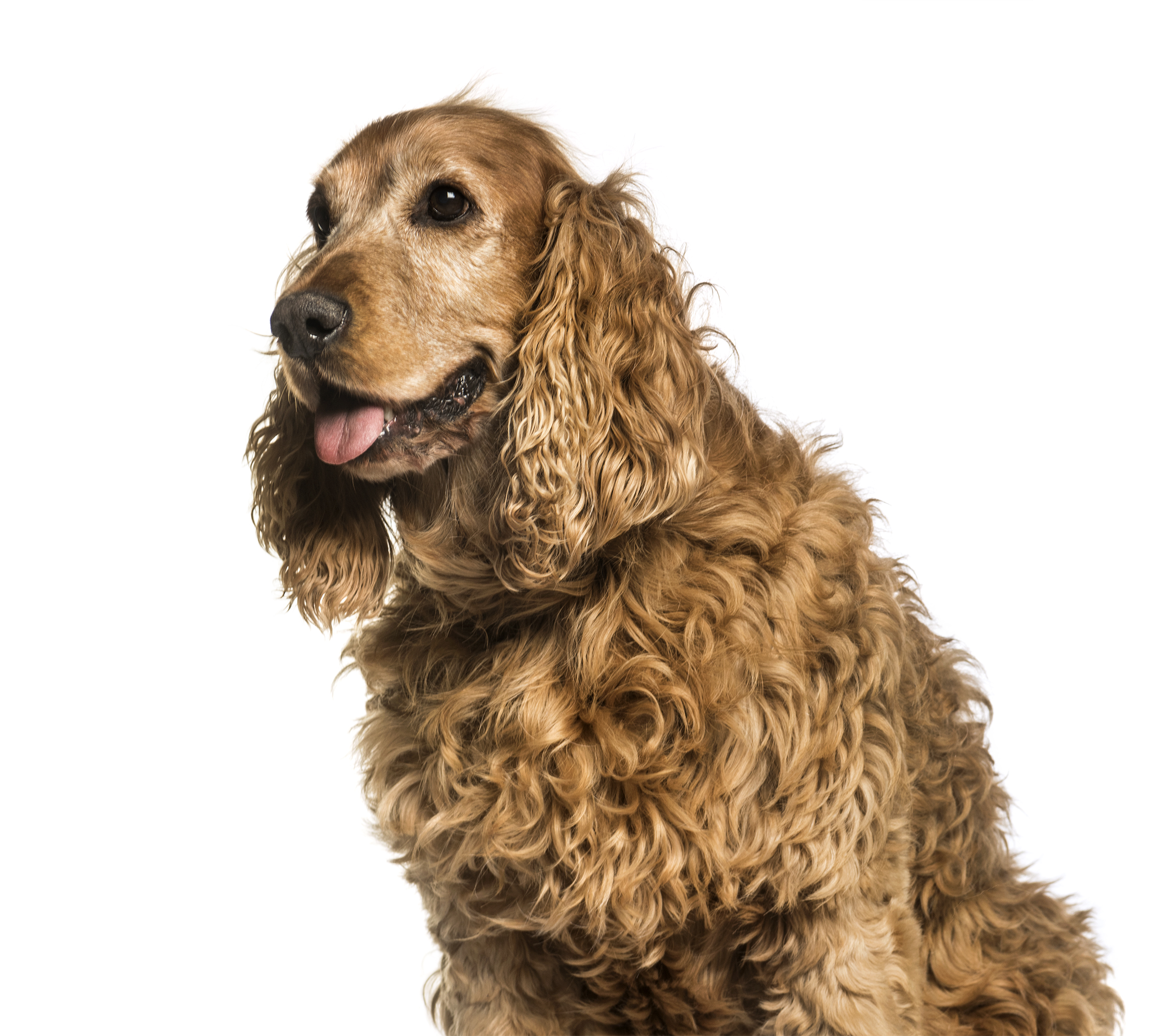
Cocker Spaniels were originally bred in England for hunting game birds, particularly woodcocks, from which they derive their name. Early Cocker Spaniels were more robust and had shorter coats, reflecting their role as working dogs. As hunting declined, the Cocker Spaniel's role evolved into that of a companion and show dog, leading to changes in their physical and behavioral traits. Modern Cocker Spaniels are known for their long, flowing coats and expressive eyes, making them popular in the show ring. They are often described as affectionate and friendly, making them popular as family pets. However, the emphasis on certain physical traits has also resulted in health issues such as ear infections and eye problems. Despite these challenges, Cocker Spaniels remain popular for their beauty and friendly nature. Their transformation highlights the adaptability of dog breeds to changing human lifestyles and the ongoing effort to balance aesthetics with health and functionality.
10. The Rottweiler: From Cattle Driver to Family Protector
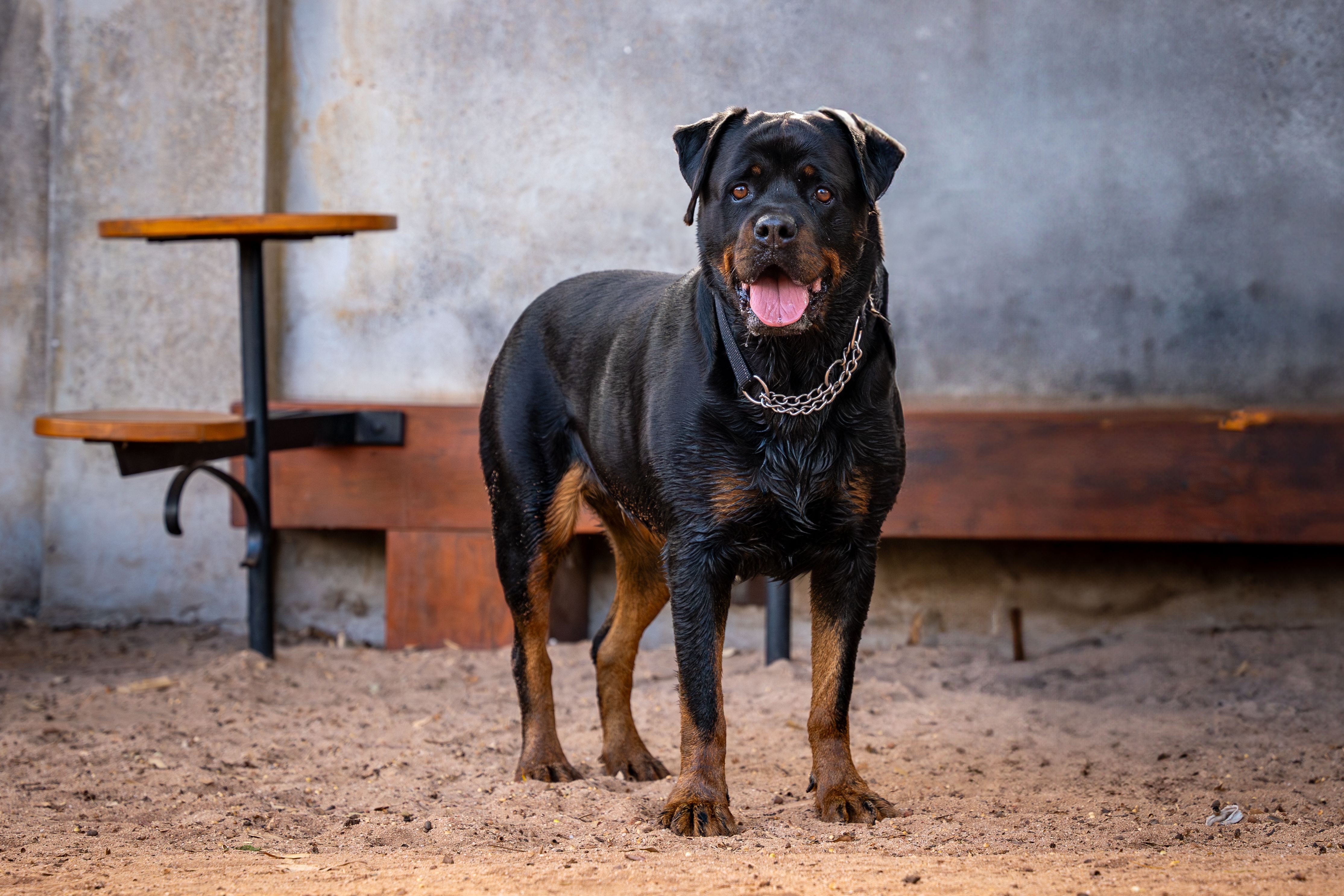
Rottweilers were originally bred in Germany to drive cattle to market and guard the homestead. Early Rottweilers were more robust and had a more aggressive temperament, reflecting their role as working dogs. As the need for cattle-driving dogs declined, the Rottweiler's role evolved into a companion and protector, leading to changes in their physical and behavioral traits. Modern Rottweilers are known for their muscular builds and protective instincts, making them popular as family pets and guard dogs. They are often described as loyal and confident, making them popular as family protectors. However, the emphasis on certain physical traits has also resulted in health issues such as hip dysplasia and heart conditions. Despite these challenges, Rottweilers remain popular for their loyalty and protective nature. Their transformation highlights the adaptability of dog breeds to changing human lifestyles and the ongoing effort to balance aesthetics with health and functionality.
As we reflect on the transformations of these dog breeds over the past century, it becomes clear that the relationship between humans and dogs is dynamic, shaped by cultural trends, technological advancements, and changing societal needs. The evolution of these breeds highlights the importance of responsible breeding practices and the need to balance aesthetic preferences with the health and well-being of the animals. As we look to the future, we must continue learning from the past, ensuring that the bond between humans and dogs remains strong and that the legacy of these beloved companions endures for generations to come.







